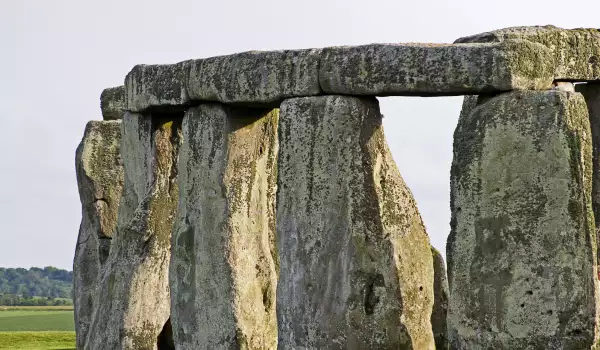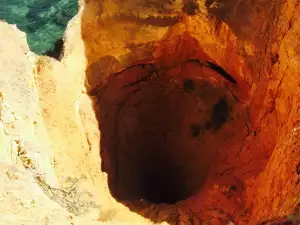1.8 miles (3 km) from the emblematic Stonehenge, archaeologists have uncovered a site that looks very much like it. In proximity to the most famous megalithic monument in the world, there are many other newly found megaliths, temples and chapels, announced scientists after 4 years of research.
Thanks to specialized technology, the archaeologists were able to witness breathtaking landscapes dotted with megaliths, chapels, sanctuaries, pits and other finds that had not been noticed until now. The most fascinating object among them is a monument made up of 60 huge stones, each about 10 ft (3 m) wide and 5 ft (1.5 m) long.
After these latest scientific discoveries, it became evident that the Salisbury Plain was once a functioning religious center, containing over 60 noteworthy places, where the ancient people carried out their sacral rituals and religious obligations.
To get to all of the new finds, scientists from the universities of Birmingham and Bradford, as well as their colleagues from the Ludwig Boltzmann Institute in Vienna used high-tech radar, capable of scanning archaeological objects up to 13 ft (4 m) deep. That is how they reached hundreds of hidden monuments in all directions of the perimeter.

However, the most unexpected discovery turned out to be 60 stone columns with a total length of 1083 ft (330 m). They are 10 ft (3 m) wide and 5 ft (1.5 m) long. They are positioned horizontally. The archaeologists believe that the stones formed the south part of a ritual circle, which was built in the shape of the letter C.
Besides this monumental find, archaeologists found more than 60 other prehistoric monuments, unknown up until this point, in the Salisbury Plain, including 20 ritual pits, reaching up to 16.5 ft (5 m) in diameter, 8 mounds from the early Bronze Age, 4 chapels or graveyards from the Iron Age.
They also came upon 6 livestock enclosures from the Bronze and Iron Age and 17 structures belonging to the Neolithic and Bronze Age.












